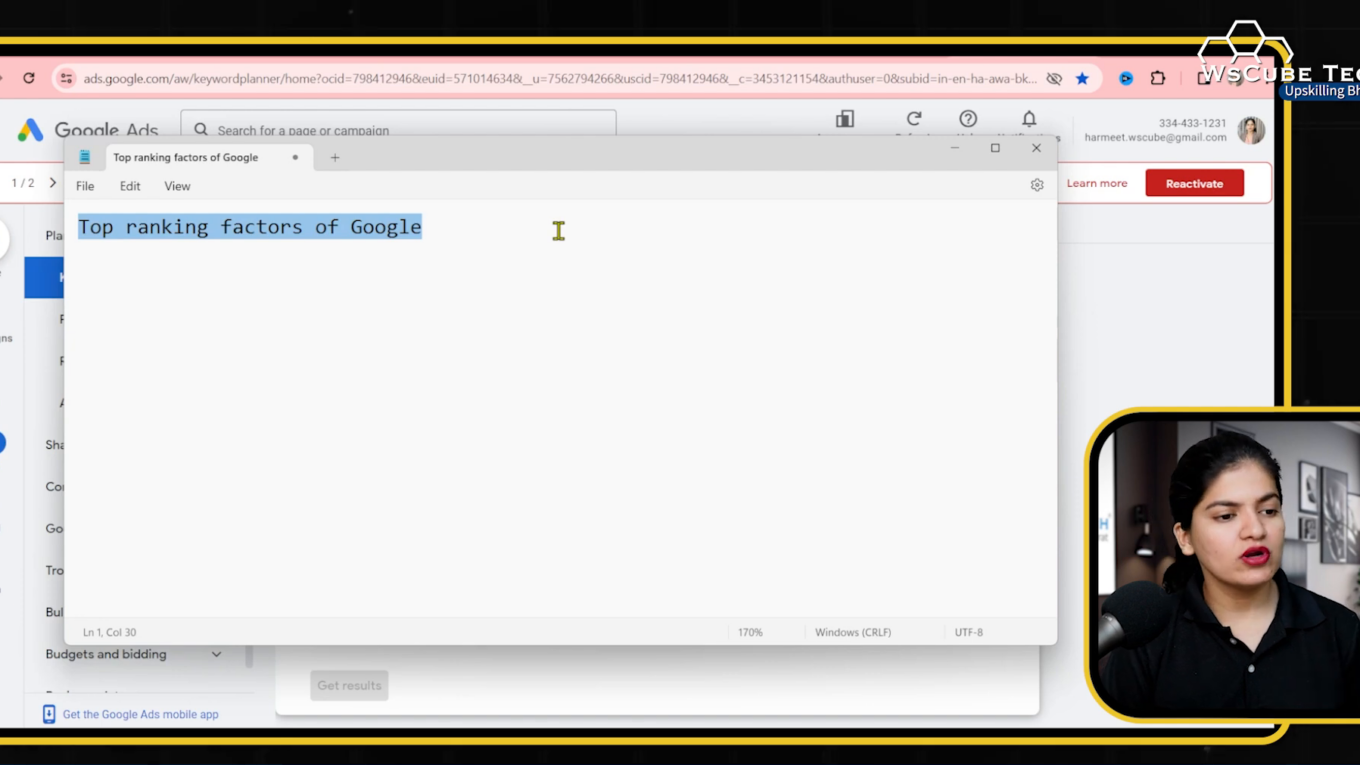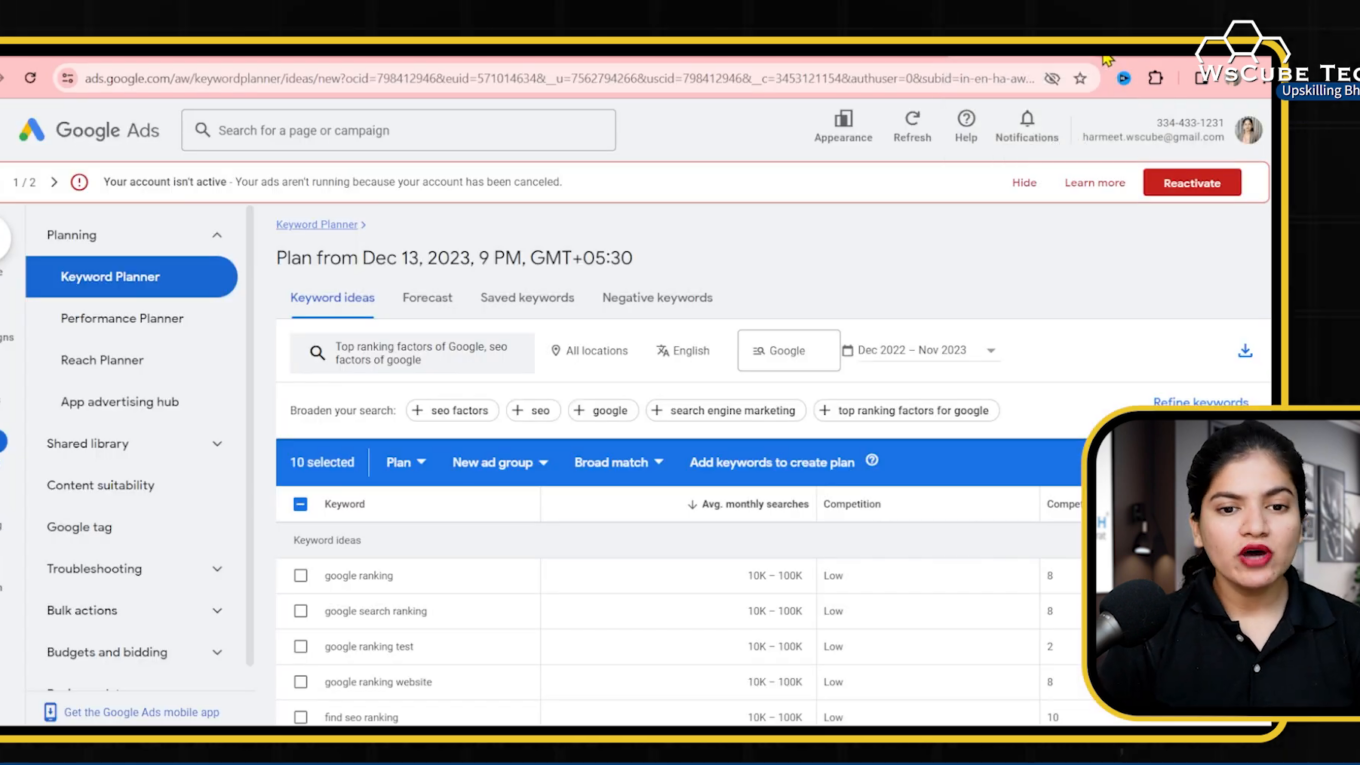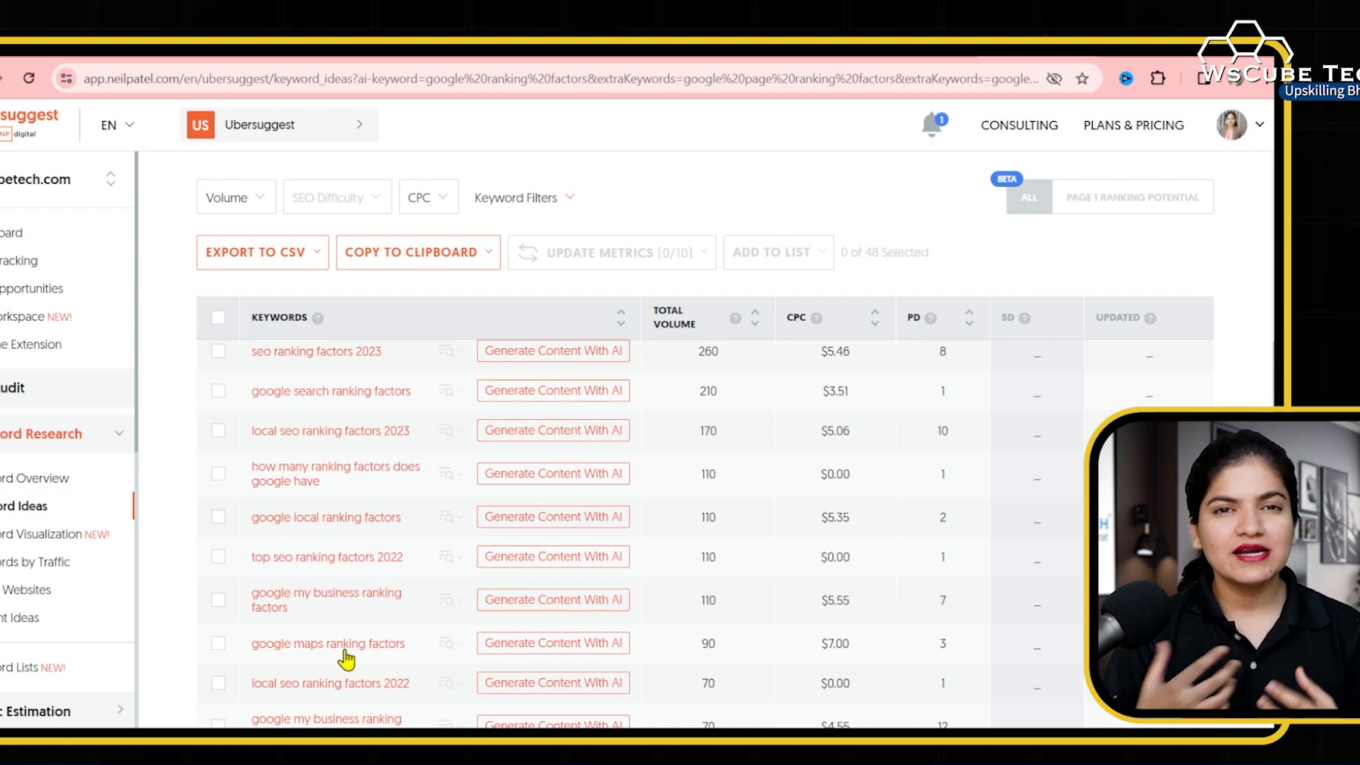How to Do Keyword Research for Blogging: A Comprehensive Guide 📝
Keyword research is a fundamental aspect of blogging that can significantly impact your blog’s visibility and success. Understanding how to effectively conduct keyword research can help you attract the right audience to your content. This guide will walk you through the essential steps and tools needed for effective keyword research, focusing on the types of keywords you should target and how to use various tools to find them.
Understanding Keyword Intent 🔍
Before diving into the tools and techniques for keyword research, it’s crucial to understand the different types of keyword intents. There are four primary types of keyword intents:
- Informational Keywords: These are used by users seeking information about a particular topic.
- Transactional and Commercial Keywords: These are used by individuals looking to make a purchase or engage with a business.
- Navigational Keywords: These involve searches for a specific website or brand.
- Long-Tail Keywords: These are more specific phrases that usually have lower competition and higher conversion rates.
When conducting keyword research for blogging, your primary focus should be on informational keywords. This approach helps you create content that answers questions and provides value to your readers.
Using Google for Keyword Research 🌐
One of the first tools you should consider for keyword research is Google itself. Google offers various features that can help you identify relevant keywords for your blog. Here’s a simple step-by-step guide on how to use Google for keyword research:
- Go to Google and enter your main topic or keyword.
- Look at the suggestions that appear as you type; these are often popular search queries.
- After searching, scroll down to the “Searches related to” section at the bottom of the page.
- Make a note of the keywords that are relevant to your topic.

For example, if your blog topic is “Top Ranking Factors,” you can start by entering that phrase into Google. You’ll receive suggestions and related searches that can help you refine your keyword list.
Exploring Additional Keyword Research Tools 🛠️
While Google is a great starting point, there are other tools available that can provide more in-depth keyword analysis. Here are a couple of popular tools you can use:
1. Ubersuggest 🎯
Ubersuggest is a free keyword research tool that offers valuable insights into search volume, competition, and keyword suggestions. Here’s how to use it:
- Visit the Ubersuggest website.
- Enter your primary keyword in the search bar.
- Review the results, including search volume, SEO difficulty, and related keywords.
This tool helps you identify long-tail keywords that can enhance your blog’s SEO strategy.
2. Google Keyword Planner 📈
Google Keyword Planner is another powerful tool for keyword research, especially for those running paid campaigns. To use it:
- Access Google Ads and navigate to Keyword Planner.
- Enter keywords related to your blog topic.
- Analyze the search volume and competition metrics provided.

This tool is beneficial for finding keywords that are likely to drive traffic and conversions to your blog.
Analyzing Keyword Metrics 📊
When selecting keywords, it’s essential to consider several metrics to ensure you’re targeting the right phrases. Here are the key metrics to focus on:
| Metric | Description |
|---|---|
| Search Volume | The average number of searches for a keyword per month. |
| SEO Difficulty | A score indicating how hard it would be to rank for a keyword. |
| Competition | The number of advertisers bidding on a keyword. |
By analyzing these metrics, you can choose keywords that have a good balance of search volume and manageable competition.
Implementing Keywords in Your Blog Posts 📝
Once you have identified your target keywords, the next step is to implement them effectively in your blog posts. Here are some best practices for using keywords:
- Title Tag: Include your primary keyword in the title of your blog post.
- Headings: Use keywords in subheadings to structure your content.
- Body Text: Naturally incorporate keywords throughout the content without keyword stuffing.
- Meta Description: Write a compelling meta description that includes your primary keyword.

By following these practices, you can improve your blog’s visibility on search engines and attract more readers.
Conclusion: Mastering Keyword Research for Blogging 📚
Keyword research is an ongoing process that requires practice and adaptation. By understanding keyword intent, utilizing effective tools, and analyzing relevant metrics, you can enhance your blogging strategy. Remember to focus on informational keywords and long-tail phrases to attract targeted traffic.
In your journey as a blogger, always keep learning and refining your keyword research techniques. This will ensure that your content remains relevant and valuable to your audience. Happy blogging!
